Maquette Flyhawk, plastique injecté + métal + PE + pont en bois
Maquette sortie en 2020
Flyhawk kit, injected plastic + brass + PE + wooden deck
Kit issued in 2020
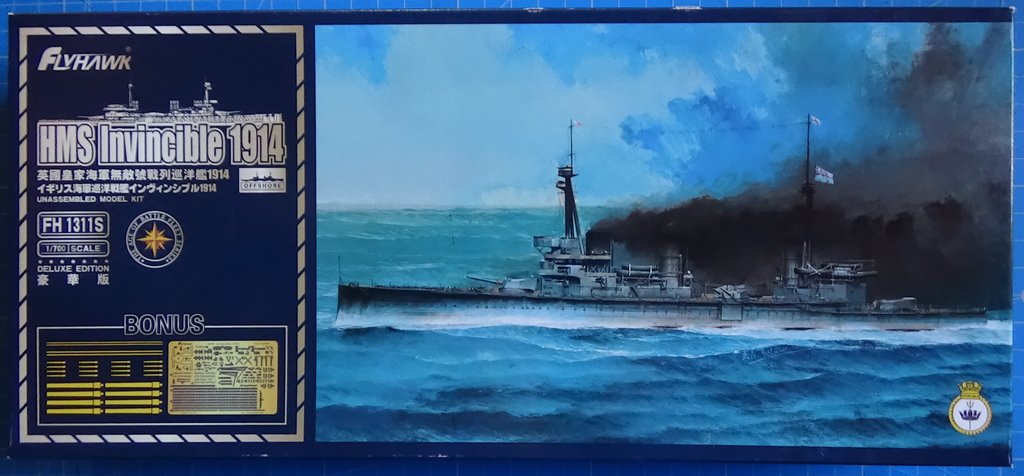
L'Invincible, tête de série de sa classe (Invincible, Inflexible, Indomitable), est le tout premier croiseur de bataille au monde, lancé en 1907.
Après avoir révolutionné le cuirassé en concevant le Dreadnought en 1906, l'amiral Sir John "Jacky" Fisher, Premier Lord de la Mer et futur protecteur du jeune Churchill eut l'idée de décliner son concept de cuirassé "all or nothing" (uniquement deux calibres de canons pour l'attaque -les gros- et la défense rapprochée -les petits). Il proposa un navire portant le même armement, mais avec une vitesse bien plus grande.
A l'époque, les techniques de visée et de rechargement des canons faisaient que la cadence de tir et la précision de coups au but (entre 1 et 5%) étaient très faibles et si la cible se déplaçait rapidement (26 nœuds au lieu de 18) elle avait plus de chance d'échapper aux tirs adverses tout en nécessitant un blindage plus léger. Le concept de Croiseur de Bataille (Battlecruiser) était né et un certain nombre de marines s'y essayèrent jusque dans les années trente, quand la puissance et la qualité de tir des cuirassés finirent par les rattraper.
HMS Invincible, the leadship of her class (Invincible, Inflexible, Indomitable), was the world's very first battlecruiser, launched in 1907.
After revolutionising the battleship with the Dreadnought design in 1906, Admiral Sir John 'Jacky' Fisher, First Sea Lord and future patron of the young Churchill, got the idea of extending his concept of the 'all or nothing' battleship (only two gun calibres for attack - the big ones - and close defence - the small ones). He proposed a ship with the same armament, but with much greater speed.
At the time, gun direction and reloading techniques meant that the rate of fire and accuracy of hits on target (between 1 and 5%) were very low, and if the target was moving fast (26 knots instead of 18) it had a better chance of escaping enemy fire, while requiring lighter armour. The Battlecruiser concept was born and a number of marines tried their hand at it until the 1930s, when the power and firepower of battleships finally caught up with them.
Contrairement à ce que le terme "croiseur" fait supposer, le croiseur de bataille est un genre de cuirassé rapide : il est en général plus grand et plus lourd que le cuirassé classique car une vitesse plus grande implique à la fois une puissance plus importante et un rapport longueur/ largeur plus grand.
A partir de 1908 la marine Britannique mettra en service chaque année par alternance deux cuirassés et deux versions "croiseur de bataille" de ces navires. Le premier fut l'Invincible, le dernier le projet G3 de 1921, tué dans l’œuf par le Traité de Washington et qui donnera les cuirassés Nelson/ Rodney en le réduisant de moitié.
Contrary to what the term 'cruiser' implies, the battlecruiser is a type of fast battleship: she's generally larger and heavier than the classic battleship, because greater speed implies both greater power and a greater length/beam ratio.
From 1908 onwards, the Royal Navy alternately commissioned two battleships and two battlecruiser versions of these ships each year. The first was the Invincible, and the last was the G3 project of 1921, which was sacrificed by the Washington Treaty and led to the Nelson/Rodney battleships being halved in size.
Grande Bretagne : 19 croiseurs de bataille (1907-1921) dont 4 annulés
Allemagne : 17 croiseurs de bataille (1910-1939), dont 7 annulés
USA : 6 croiseurs de batailles (1916-1919), tous annulés dont deux transformés en porte-avions.
France : 1 croiseur de bataille (1929) en projet.
Japon : 8 croiseurs de bataille (1917-1930) dont 3 annulés, un converti en porte-avions et 4 reclassés en cuirassés en 1930.
Pays Bas : 1 croiseur de bataille en projet (1939)
Russie et URSS : 6 croiseurs de bataille dont 4 inachevés et démolis en 1923-1931 et deux inachevés en 1939.
Great Britain: 19 battlecruisers (1907-1921), including 4 cancelled
Germany: 17 battlecruisers (1910-1939), 7 of which were cancelled
USA: 6 battlecruisers (1916-1919), all cancelled, including two converted into aircraft carriers.
France: 1 battlecruiser (1929) planned.
Japan: 8 battlecruisers (1917-1930) including 3 cancelled, one converted into an aircraft carrier and 4 reclassified as battleships in 1930.
Netherlands: 1 battlecruiser planned (1939).
Russia and USSR: 6 battlecruisers of which 4 unfinished and demolished in 1923-1931 and two unfinished in 1939.
L'Invincible démontra la validité du concept contre les cuirassés pré-Dreadnought avec "l'exécution" des Scharnhorst et Gneiseneau lors de la Bataille des Falklands en décembre 1914 après une traversée express de l'Atlantique depuis la Grande Bretagne et Gibraltar.
Deux ans plus tard le même Invincible démontra la grande faiblesse du concept à la Bataille du Jutland lorsque touché par trois salves des Lützow et Derfflinger (croiseurs de bataille aussi) la soute de la tourelle centrale explosa, coupa le navire en deux qui coula en 90 secondes en laissant 6 survivants.
Pratiquement au même moment les croiseurs de bataille Indefatigable et Queen Mary subissaient le même sort.
Le concept se révélait obsolète : le Hood, alors en construction, fut modifié pour tenter sans succès de pallier ces défauts... mais subit la même punition 25 ans plus tard.
The Invincible design demonstrated the validity of the concept against the pre-Dreadnought battleships with the 'execution' of the Scharnhorst and Gneiseneau during the Battle of the Falklands in December 1914 after an express crossing of the Atlantic from Great Britain and Gibraltar.
Two years later the same Invincible demonstrated the great weakness of the concept at the Battle of Jutland when hit by three salvos from the Lützow and Derfflinger (also battlecruisers) the central turret's hold exploded, cutting the ship in two and sinking in 90 seconds, leaving 6 survivors.
At virtually the same time, the battlecruisers Indefatigable and Queen Mary suffered the same fate.
The concept was proving obsolete: the Hood, then under construction, was modified in an unsuccessful attempt to overcome these defects... but suffered the same punishment 25 years later.
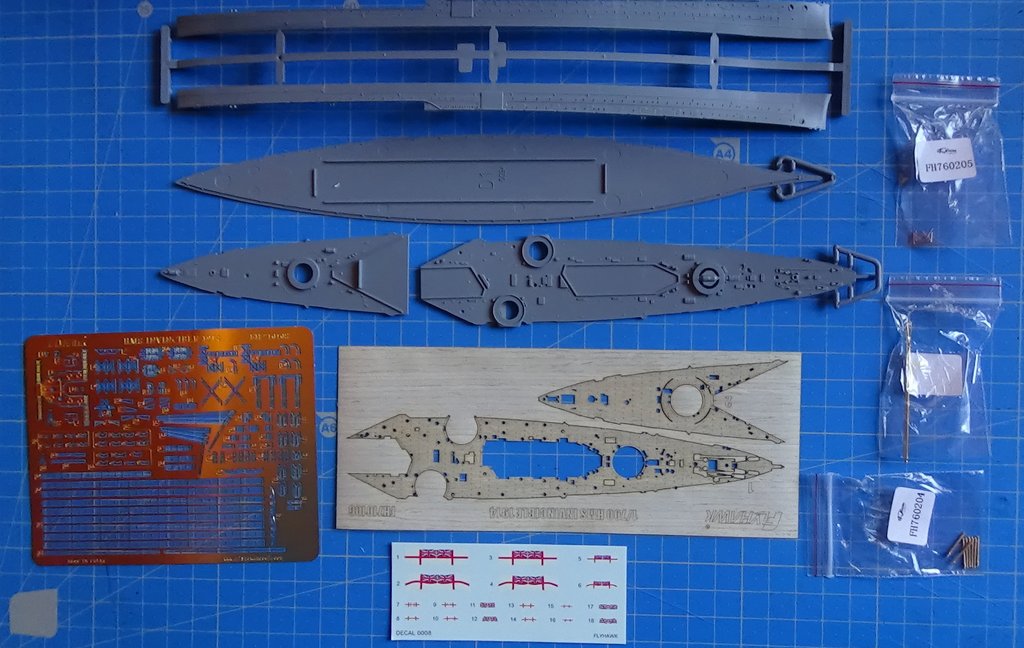
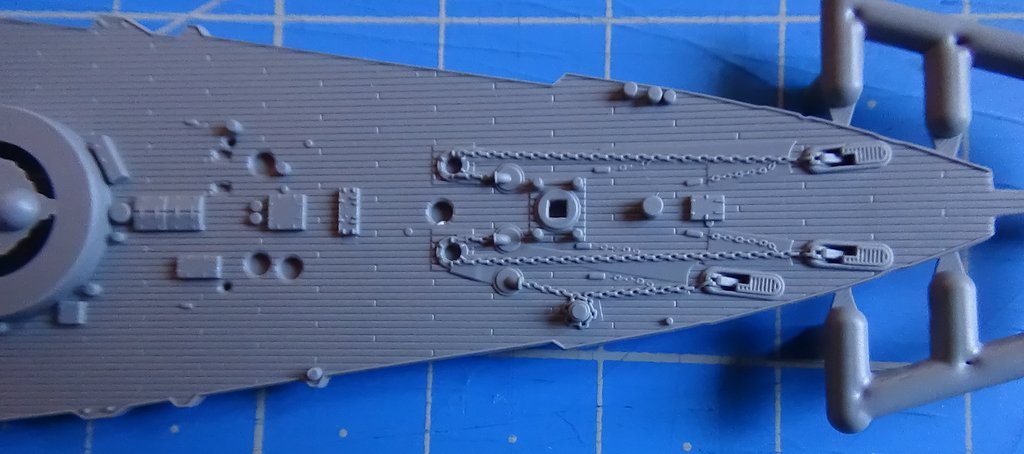

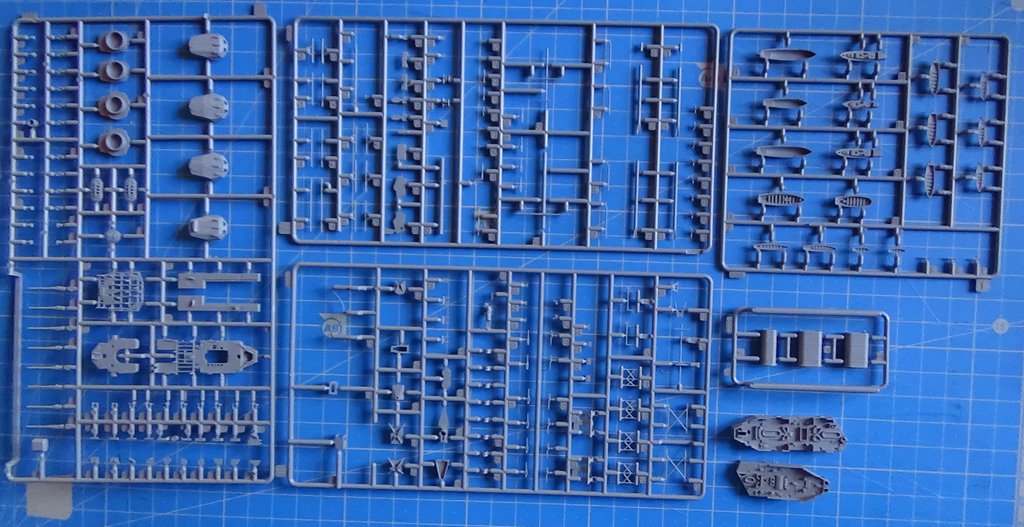
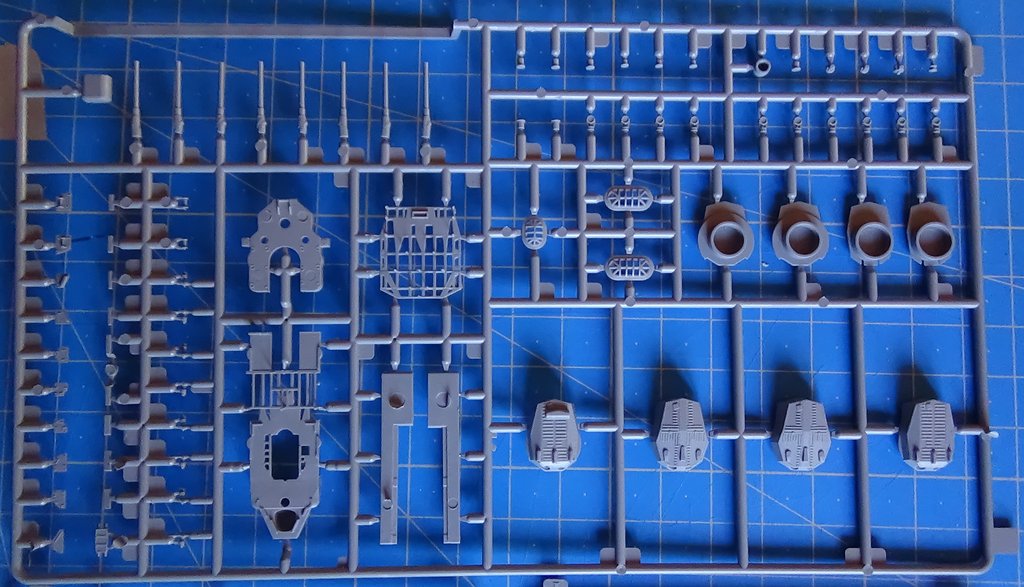
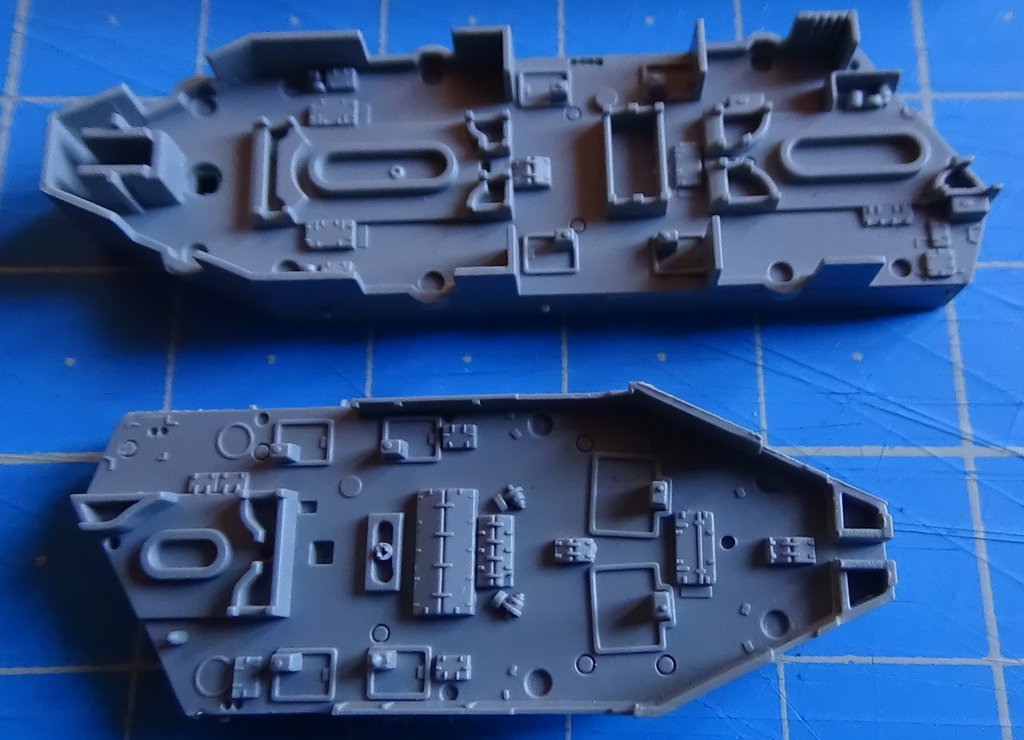
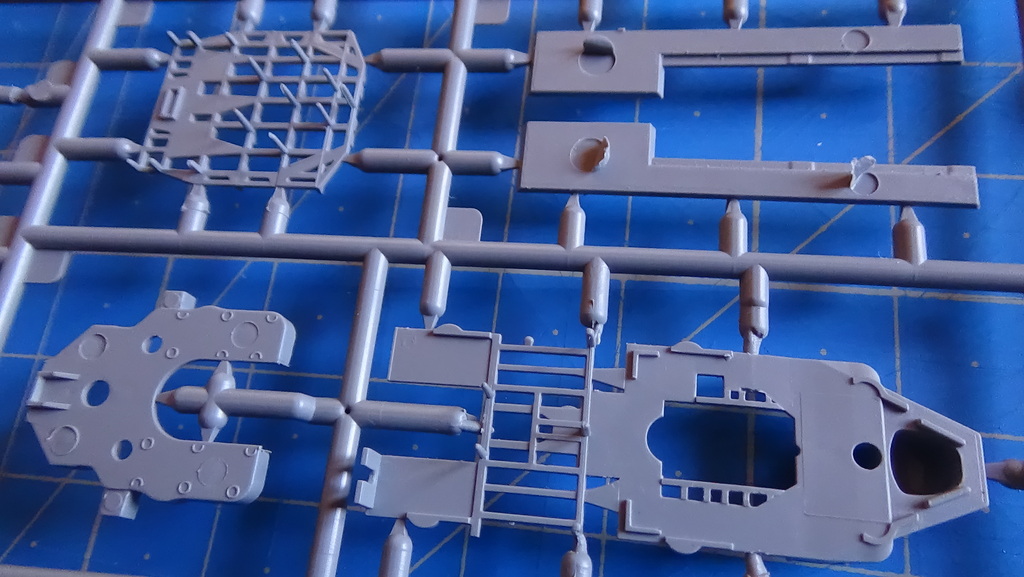
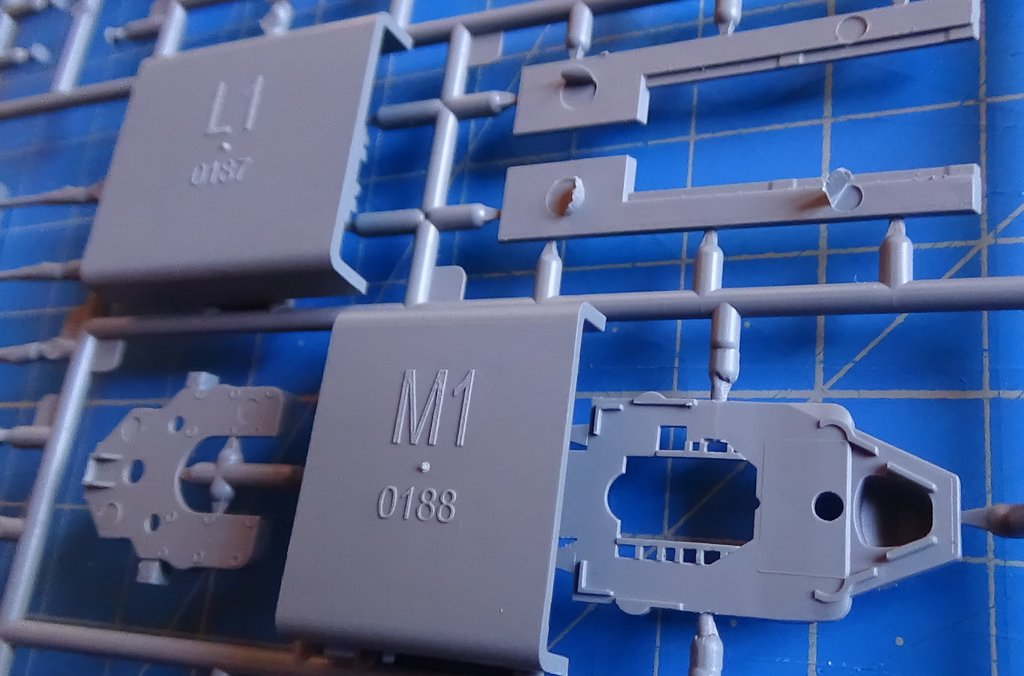
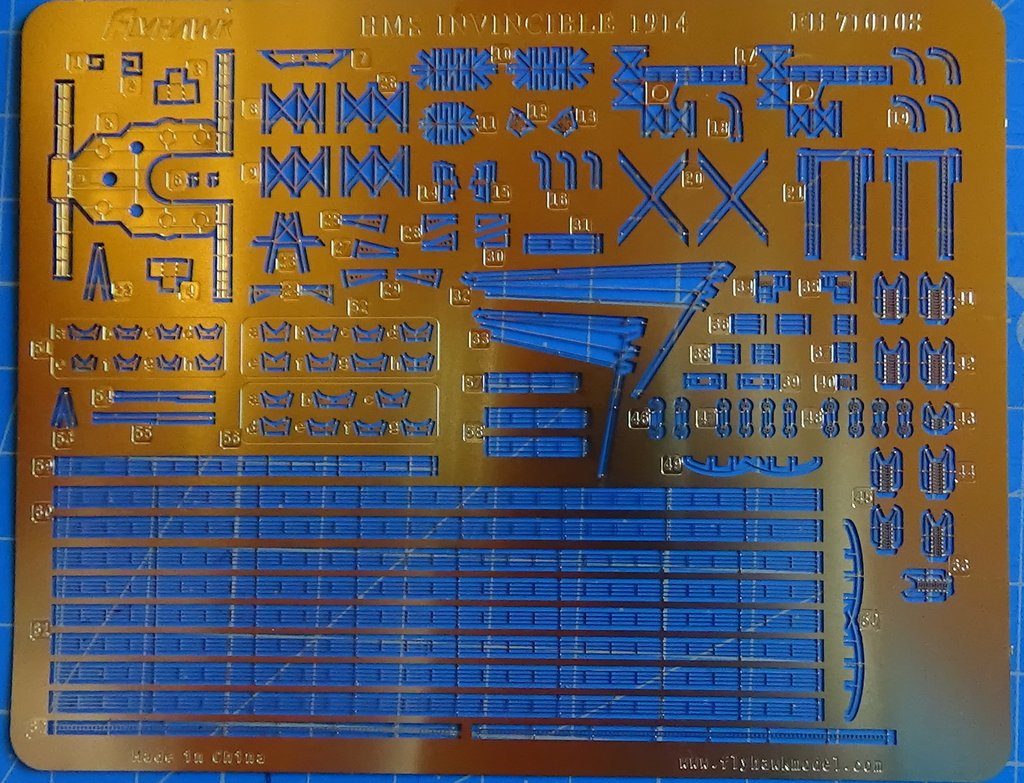

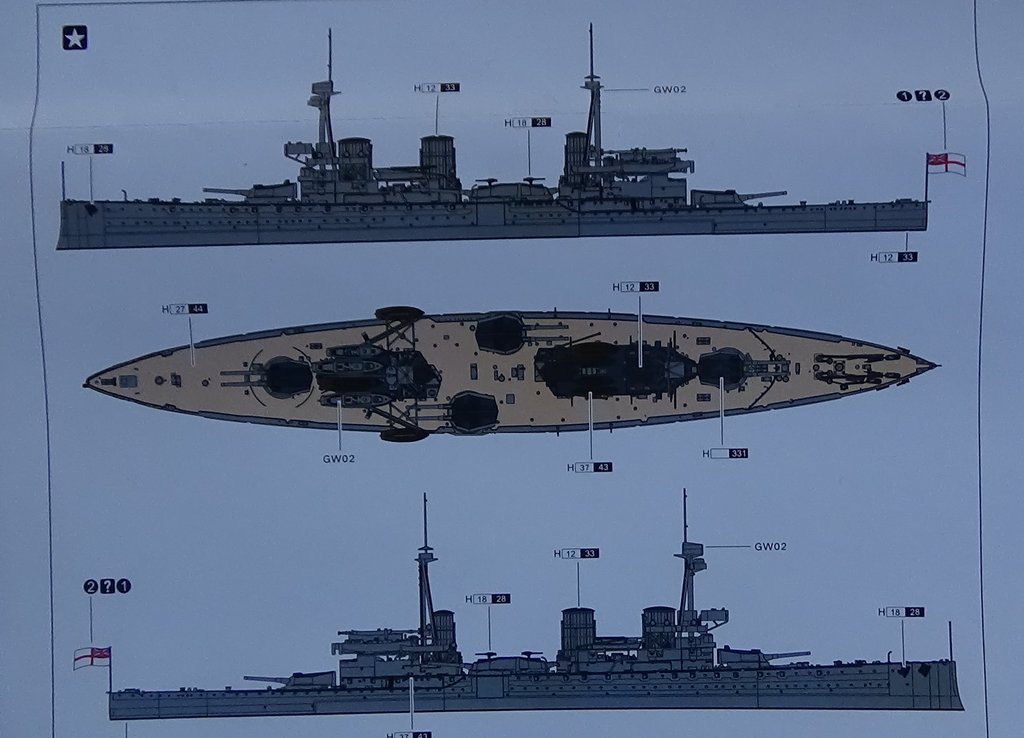
_Bruno
Maquette sortie en 2020
Flyhawk kit, injected plastic + brass + PE + wooden deck
Kit issued in 2020

L'Invincible, tête de série de sa classe (Invincible, Inflexible, Indomitable), est le tout premier croiseur de bataille au monde, lancé en 1907.
Après avoir révolutionné le cuirassé en concevant le Dreadnought en 1906, l'amiral Sir John "Jacky" Fisher, Premier Lord de la Mer et futur protecteur du jeune Churchill eut l'idée de décliner son concept de cuirassé "all or nothing" (uniquement deux calibres de canons pour l'attaque -les gros- et la défense rapprochée -les petits). Il proposa un navire portant le même armement, mais avec une vitesse bien plus grande.
A l'époque, les techniques de visée et de rechargement des canons faisaient que la cadence de tir et la précision de coups au but (entre 1 et 5%) étaient très faibles et si la cible se déplaçait rapidement (26 nœuds au lieu de 18) elle avait plus de chance d'échapper aux tirs adverses tout en nécessitant un blindage plus léger. Le concept de Croiseur de Bataille (Battlecruiser) était né et un certain nombre de marines s'y essayèrent jusque dans les années trente, quand la puissance et la qualité de tir des cuirassés finirent par les rattraper.
HMS Invincible, the leadship of her class (Invincible, Inflexible, Indomitable), was the world's very first battlecruiser, launched in 1907.
After revolutionising the battleship with the Dreadnought design in 1906, Admiral Sir John 'Jacky' Fisher, First Sea Lord and future patron of the young Churchill, got the idea of extending his concept of the 'all or nothing' battleship (only two gun calibres for attack - the big ones - and close defence - the small ones). He proposed a ship with the same armament, but with much greater speed.
At the time, gun direction and reloading techniques meant that the rate of fire and accuracy of hits on target (between 1 and 5%) were very low, and if the target was moving fast (26 knots instead of 18) it had a better chance of escaping enemy fire, while requiring lighter armour. The Battlecruiser concept was born and a number of marines tried their hand at it until the 1930s, when the power and firepower of battleships finally caught up with them.
Contrairement à ce que le terme "croiseur" fait supposer, le croiseur de bataille est un genre de cuirassé rapide : il est en général plus grand et plus lourd que le cuirassé classique car une vitesse plus grande implique à la fois une puissance plus importante et un rapport longueur/ largeur plus grand.
A partir de 1908 la marine Britannique mettra en service chaque année par alternance deux cuirassés et deux versions "croiseur de bataille" de ces navires. Le premier fut l'Invincible, le dernier le projet G3 de 1921, tué dans l’œuf par le Traité de Washington et qui donnera les cuirassés Nelson/ Rodney en le réduisant de moitié.
Contrary to what the term 'cruiser' implies, the battlecruiser is a type of fast battleship: she's generally larger and heavier than the classic battleship, because greater speed implies both greater power and a greater length/beam ratio.
From 1908 onwards, the Royal Navy alternately commissioned two battleships and two battlecruiser versions of these ships each year. The first was the Invincible, and the last was the G3 project of 1921, which was sacrificed by the Washington Treaty and led to the Nelson/Rodney battleships being halved in size.
Grande Bretagne : 19 croiseurs de bataille (1907-1921) dont 4 annulés
Allemagne : 17 croiseurs de bataille (1910-1939), dont 7 annulés
USA : 6 croiseurs de batailles (1916-1919), tous annulés dont deux transformés en porte-avions.
France : 1 croiseur de bataille (1929) en projet.
Japon : 8 croiseurs de bataille (1917-1930) dont 3 annulés, un converti en porte-avions et 4 reclassés en cuirassés en 1930.
Pays Bas : 1 croiseur de bataille en projet (1939)
Russie et URSS : 6 croiseurs de bataille dont 4 inachevés et démolis en 1923-1931 et deux inachevés en 1939.
Great Britain: 19 battlecruisers (1907-1921), including 4 cancelled
Germany: 17 battlecruisers (1910-1939), 7 of which were cancelled
USA: 6 battlecruisers (1916-1919), all cancelled, including two converted into aircraft carriers.
France: 1 battlecruiser (1929) planned.
Japan: 8 battlecruisers (1917-1930) including 3 cancelled, one converted into an aircraft carrier and 4 reclassified as battleships in 1930.
Netherlands: 1 battlecruiser planned (1939).
Russia and USSR: 6 battlecruisers of which 4 unfinished and demolished in 1923-1931 and two unfinished in 1939.
L'Invincible démontra la validité du concept contre les cuirassés pré-Dreadnought avec "l'exécution" des Scharnhorst et Gneiseneau lors de la Bataille des Falklands en décembre 1914 après une traversée express de l'Atlantique depuis la Grande Bretagne et Gibraltar.
Deux ans plus tard le même Invincible démontra la grande faiblesse du concept à la Bataille du Jutland lorsque touché par trois salves des Lützow et Derfflinger (croiseurs de bataille aussi) la soute de la tourelle centrale explosa, coupa le navire en deux qui coula en 90 secondes en laissant 6 survivants.
Pratiquement au même moment les croiseurs de bataille Indefatigable et Queen Mary subissaient le même sort.
Le concept se révélait obsolète : le Hood, alors en construction, fut modifié pour tenter sans succès de pallier ces défauts... mais subit la même punition 25 ans plus tard.
The Invincible design demonstrated the validity of the concept against the pre-Dreadnought battleships with the 'execution' of the Scharnhorst and Gneiseneau during the Battle of the Falklands in December 1914 after an express crossing of the Atlantic from Great Britain and Gibraltar.
Two years later the same Invincible demonstrated the great weakness of the concept at the Battle of Jutland when hit by three salvos from the Lützow and Derfflinger (also battlecruisers) the central turret's hold exploded, cutting the ship in two and sinking in 90 seconds, leaving 6 survivors.
At virtually the same time, the battlecruisers Indefatigable and Queen Mary suffered the same fate.
The concept was proving obsolete: the Hood, then under construction, was modified in an unsuccessful attempt to overcome these defects... but suffered the same punishment 25 years later.











_Bruno
Dernière édition par bgire le Dim 26 Mai 2024 - 18:42, édité 1 fois



